Growing Geriatric Population
The aging population is a significant factor driving the Perfusion Radiology Market. As individuals age, the risk of developing chronic diseases, including those affecting the cardiovascular and neurological systems, increases. This demographic shift necessitates advanced diagnostic tools to monitor and manage health conditions effectively. The geriatric population often requires specialized imaging services to assess perfusion and blood flow, making perfusion radiology an essential component of modern healthcare. With projections indicating a substantial rise in the elderly population, the demand for perfusion imaging is expected to grow correspondingly. This trend underscores the importance of the Perfusion Radiology Market in addressing the healthcare needs of an aging society.
Rising Incidence of Cardiovascular Diseases
The increasing prevalence of cardiovascular diseases is a primary driver for the Perfusion Radiology Market. As heart-related ailments continue to rise, the demand for advanced imaging techniques that can assess blood flow and perfusion becomes critical. According to recent statistics, cardiovascular diseases account for a substantial percentage of global mortality rates, necessitating effective diagnostic tools. Perfusion radiology provides essential insights into myocardial perfusion, enabling timely interventions. This trend is likely to propel the market forward, as healthcare providers seek to enhance patient outcomes through precise imaging modalities. The Perfusion Radiology Market is thus positioned to experience growth as healthcare systems adapt to the rising burden of cardiovascular conditions.
Technological Innovations in Imaging Techniques
Technological advancements in imaging modalities are significantly influencing the Perfusion Radiology Market. Innovations such as advanced MRI and CT techniques have enhanced the ability to visualize perfusion dynamics in various tissues. These developments not only improve diagnostic accuracy but also reduce the time required for imaging procedures. The introduction of hybrid imaging systems, which combine different modalities, further augments the capabilities of perfusion imaging. As healthcare facilities increasingly adopt these cutting-edge technologies, the demand for perfusion radiology services is expected to rise. The market is likely to benefit from ongoing research and development efforts aimed at refining imaging techniques, thereby expanding the applications of perfusion radiology in clinical practice.
Increased Investment in Healthcare Infrastructure
Investment in healthcare infrastructure is a crucial driver for the Perfusion Radiology Market. Governments and private entities are increasingly allocating resources to enhance healthcare facilities, particularly in developing regions. This investment often includes the acquisition of advanced imaging technologies, which are vital for effective diagnosis and treatment planning. As healthcare systems expand and modernize, the demand for perfusion radiology services is likely to increase. Enhanced infrastructure not only improves access to diagnostic imaging but also fosters the integration of innovative technologies. Consequently, the Perfusion Radiology Market stands to benefit from these investments, as they facilitate the adoption of advanced imaging modalities that are essential for patient care.
Rising Demand for Non-Invasive Diagnostic Procedures
The growing preference for non-invasive diagnostic techniques is a significant driver of the Perfusion Radiology Market. Patients and healthcare providers alike are increasingly favoring procedures that minimize discomfort and risk. Perfusion imaging offers a non-invasive approach to assess blood flow and tissue perfusion, making it an attractive option for both patients and clinicians. This trend is further supported by advancements in imaging technology that enhance the accuracy and reliability of non-invasive assessments. As awareness of the benefits of non-invasive diagnostics continues to rise, the demand for perfusion radiology services is expected to grow. This shift in patient preference is likely to have a lasting impact on the Perfusion Radiology Market, driving innovation and expanding service offerings.


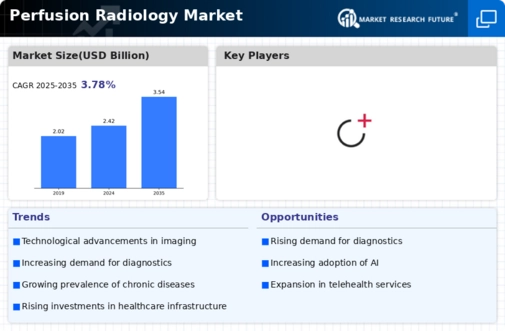
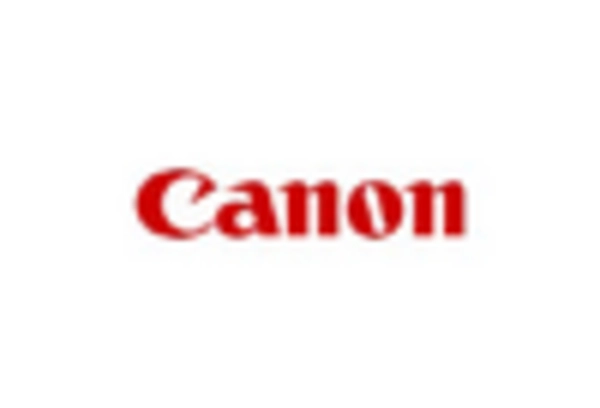
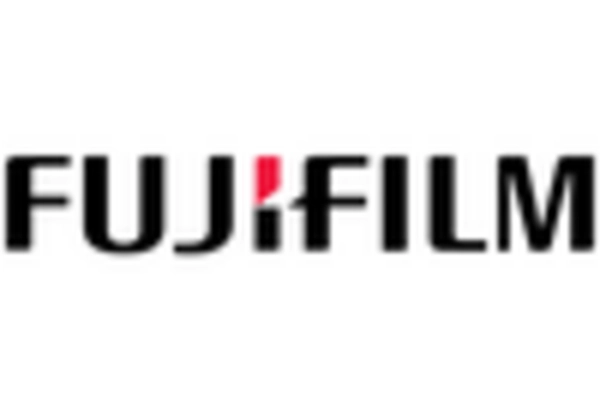

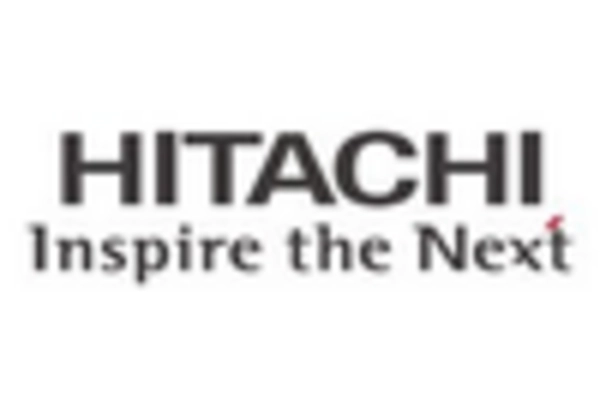
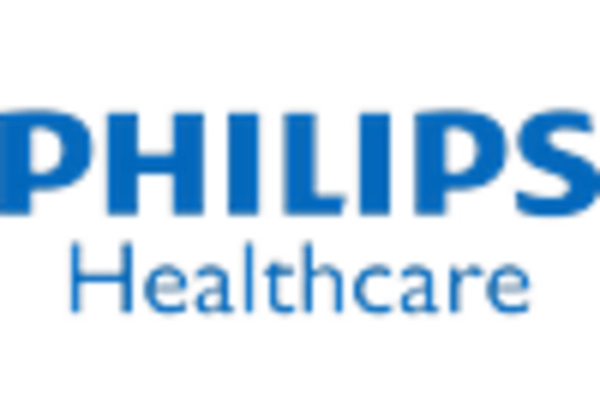
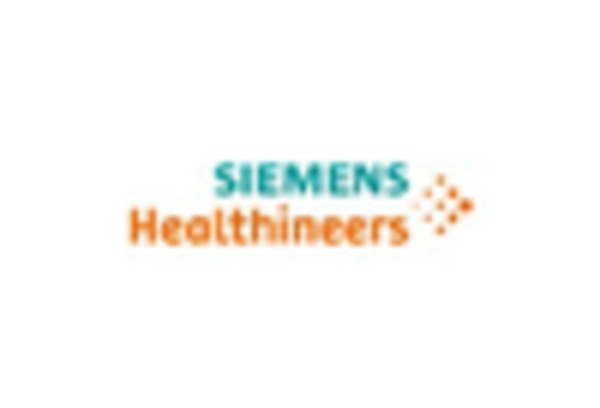








Leave a Comment